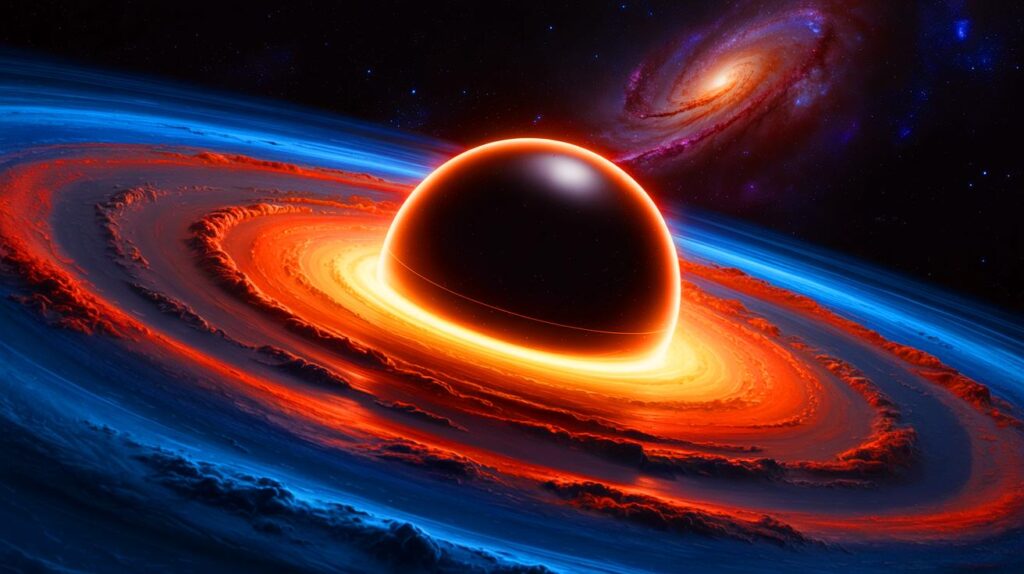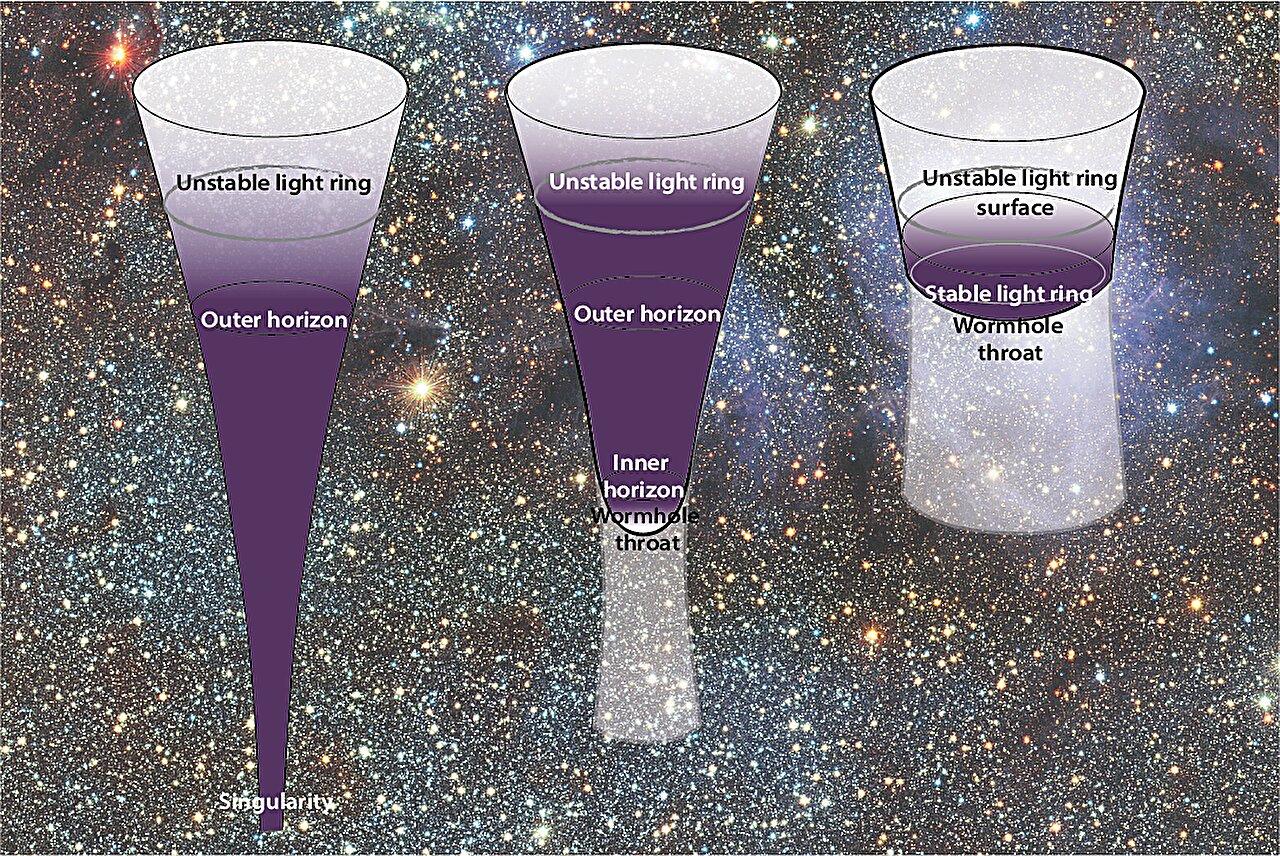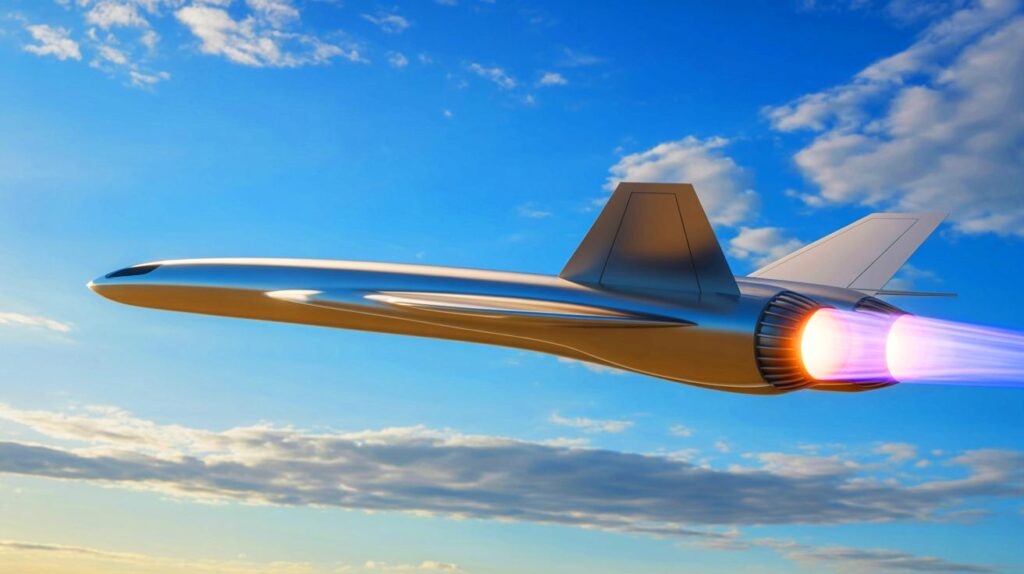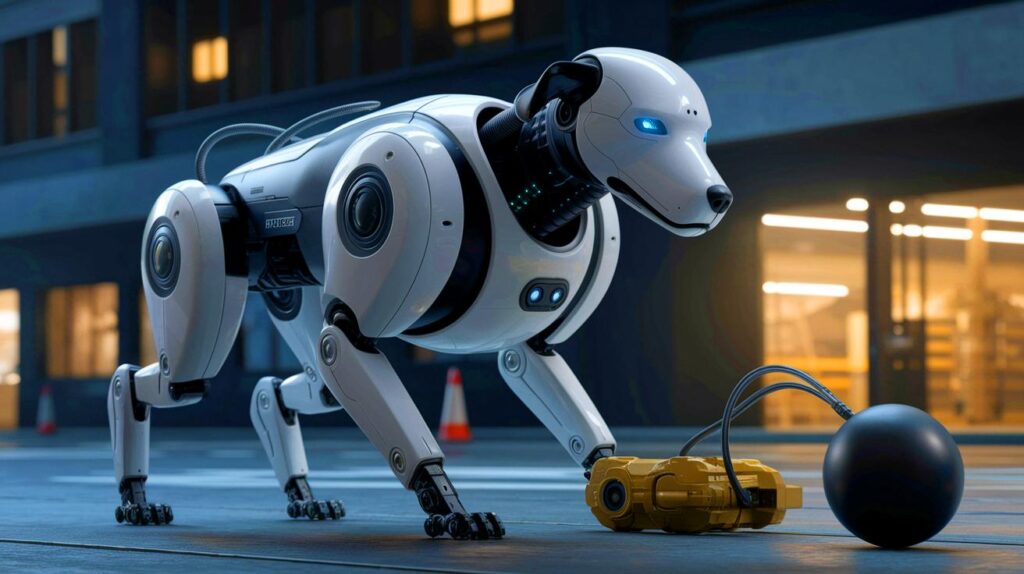| In Brief |
|
Within the fascinating realm of astrophysics, black holes have always captivated interest, not only for their ability to trap light but also for the mystery surrounding their core, the singularity. These regions of infinite density challenge our current understanding of the physical laws. However, researchers are now proposing alternative models of black holes that could shed light on these cosmic enigmas. These new models promise to eliminate the notion of singularity, paving the way for a renewed understanding of these fascinating celestial phenomena.
Singularities: A Paradox in General Relativity
Black holes, phenomena where gravity is so intense that even light cannot escape, have long fascinated scientists. At the core of each black hole, according to Einstein’s theory of general relativity, lies a singularity. This region, where matter is presumed to be compressed into an infinitely small space, presents a paradox. Indeed, singularities introduce infinities that disrupt the validity of the equations of general relativity under extreme conditions. This issue has driven physicists to seek alternative models where the physical laws remain applicable without recourse to these points of infinite density. Such research is essential for aligning our theoretical understanding with physical reality.
Alternative Models: Black Holes Without Singularities
Researchers from the Institute of Fundamental Physics of the Universe (IFPU) have proposed two innovative models of black holes that may resolve the singularity issue. The first model introduces regular black holes that resemble traditional black holes, but replace the singularity with a core of finite density. This core could behave as a “de Sitter” space region, where gravity is repulsive, thus preventing total collapse. The second model, called black hole imitators, are hypothetical compact objects lacking event horizons and singularities. While these objects share similarities with black holes, they allow light and signals to escape, distinguishing them from classical black holes.
Comparative Table of Black Hole Models
| Model | Characteristics |
|---|---|
| Standard Black Hole | Presence of a singularity and an event horizon |
| Regular Black Hole | Core of finite density, absence of singularity |
| Black Hole Imitator | No singularity, no horizon; light and signals can escape |
Potential Impact of These Discoveries


The models proposed by the IFPU could revolutionize our understanding of black holes and gravity. By eliminating the necessity of a singularity, these models adhere to known physical laws while remaining hypothetical. Researchers suggest that regular black holes and their imitators could transform into one another depending on physical conditions, an idea that changes the rigid perception of traditional black holes. These hypotheses open new perspectives for astrophysics and cosmology. However, these theories still require validation through future research and astronomical observations.
The quest to unravel the mysteries of black holes is far from over. These new models represent significant advancements in this direction. But what implications will these discoveries have on our view of the universe and the fundamental laws that govern it?








